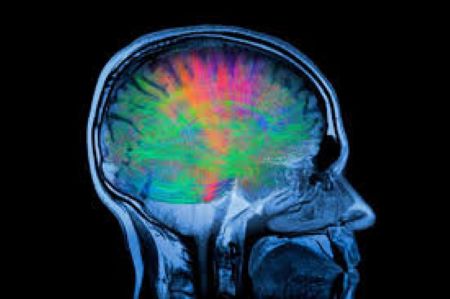October 22, 2019 – An Israeli company, Insightec, has pioneered a new procedure for treating Parkinson’s Disease, a disorder of the body’s brain and nervous system. Most often associated with tremors or shaking, the disease progression leads to bradykinesia, the slowing down of body movements, rigid muscles and stiffness, balance problems, and slurred speech. Parkinson’s affects more than 41 million people around the planet. The disease origin is believed to be associated with the Thalamus or a nearby structure, the Substantia Nigra. These two parts of the brain are tiny and located at a critical brain crossroad above the brain stem and between the cerebral cortex and midbrain. The Thalamus acts as a relay for motor and sensory signals to the cerebral cortex and regulates our sleep and wake cycles. The Substantia Nigra sends signals from the brain down the spinal cord to control the muscles in our bodies. Researchers have noted changes to activity within the neurons in the Thalamus and Substantia Nigra in those who have contracted Parkinson’s. The neurons affected are responsible for producing a neurotransmitter called dopamine.
That’s why traditional therapies have involved developing drugs to artificially replace the missing dopamine. But recently surgeons have developed deep-brain stimulation (DBS) as a treatment, implanting a wire deep inside the brain to provide stimuli to minimize tremors and other symptoms. Stem cell research has also yielded some potential promise, producing cells that can be implanted in the area of the Thalamus and Substantia Nigra to become new dopamine producers.
Insightec’s procedure involves none of the above. Instead, the company has designed a non-invasive technology that alleviates the primary symptoms of the disease. They call their treatment Exablate Neuro. It involves brain surgery without an incision to eliminate tremors. The technology combines high-intensity ultrasound-producing helmet and magnetic resonance imaging (MRI) for guidance. The ultrasound beams target the area of the brain called the Vim point, where the Substantia Nigra resides. The focus of the beam ablates the Vim point without damaging nearby neurons and brain tissue. The patient remains awake throughout the procedure to ensure no unintended side effects occur such as tickling. The patients are asked to perform tasks during the procedure as well to ensure that only the targeted area is affected by the heating of tissue up to 60 Celsius (140 Fahrenheit) degrees. The entire procedure takes between 2 and 3 hours with the patient discharged on the same day. In terms of post-procedure side effects, patients report tingling in the fingers and tongue. In other cases, loss of balance has been reported. But both of these side effects disappear within a month or two.
Exablate Neuro received U.S. FDA approval in 2017, and has been adopted by surgeons around the world with to-date, over 50 medical centres treating more than 2,000 Parkinson’s patients using the technology.
Insightec is using ablative ultrasound not just to treat Parkinson’s. The company has developed the Exablate Body system to target uterine fibroids, and for metastatic bone cancer for pain palliation, and the Exablate Prostate, to treat prostate cancer.
















